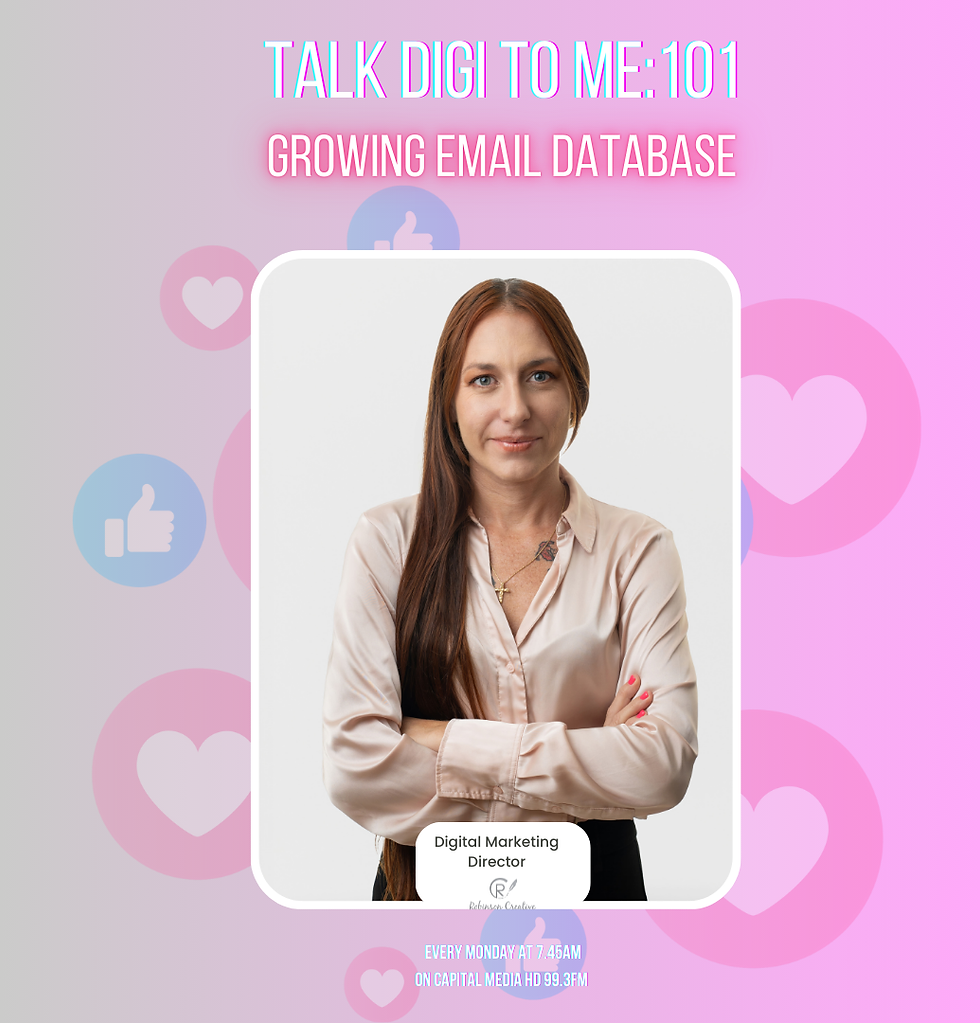SEO From Scratch
- Carlie Pipe
- Mar 10, 2019
- 2 min read
Updated: Apr 15, 2019
If you want to find something or someone, where's the first place you go to look?
Google, right?
So if you want your business or product to be found by people...where do you want to be seen? Google!
SEO stands for search engine optimization, and it’s the process by which you format the content on the pages of your website in such a way that they are most likely to be found in the top results of search engine pages.
Simply put, you’re vying for the attention of your customers online, and good SEO represents a much better chance that you’ll catch that attention. It's not a guarantee. It's not instant. Web SEO should be an ongoing part of your overall marketing process because it's a long-term game that can produce great rewards and connect your digital marketing, content planning and so on.
If you can help your customers find you first, you’re more likely to engage them for sales.
What are some of the important factors of SEO?
On-page elements come first and foremost when building your website, and their purpose is to tell Google (or other search engines) exactly what your web page is all about.
Your on-page elements include:
Title Tag
Meta description
Headers and Subheaders (H1+)
Keyword density
URL structure
I can't stress enough that the first step to making your website SEO friendly is by putting the above elements in place. They are the markers that define to google what your website is all about. Sadly, just because you have a website doesn't mean your on-page elements have been written into it! It's not automatic and not everyone who builds websites has a grip on SEO. Fortunately, if you do already have a website your on page elements can be added.
You must also pay attention to:
Strong back links and an internal link network
Alt text on images
Fast loading times (ensuring videos and photos don’t slow your users down or it will affect your bounce rate)
Best Practices
Performing keyword research is the first step to planning both your website content, and also your overall content strategy.
The first step to optimizing your website is to perform your keyword research, and begin mapping out your plan. What pages do you need? What customer questions must they answer? What actions will they drive?
Ensure you target one or two keywords per page, and that your keywords are a mix of long tail and short tail.
When deciding on your keywords, you must take into consideration relevance, user intent, how competitive they are, and how they will drive your conversion goals. You also need to consider your short tail and long tail keywords.
For example, if you sell tee shirts, your short tail keyword could be "tee shirts".
Your long tail keyword would be “men's tee shirts size L”
TIP: Short tail keywords are too vague and will be too difficult to rank for. Long tail keywords more accurately describe what your customer is searching for.
Now that you've dipped your toes in, are you ready to take a deep dive into developing an SEO program for your website? Need a consistent blog that's keyword driven for your products or services? Let's chat about it.
Contact carlie.ester@gmail.com to have a free consultation for your business.




Comments